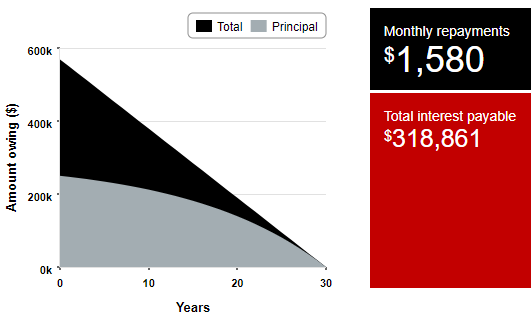I’ve received many calls recently from referrals and new clients asking about refinancing out of their ARM and into a Fixed Rate Mortgage. Depending on the value of their house, their credit score and qualifying, sometimes I can help them, sometimes I can’t.
But regardless of being able to help people refinance, I want them to know and to understand how an ARM works and how their new interest rate will be determined.
When your ARM enters its adjustment period, the new interest rate will be determined by an Index + Margin. Your Promissory Note spells out the terms of the Index and Margin, so it’s important to review this. The margin is always a fixed value, on average ranging from 2.25%-2.75% and the Index is what fluctuates depending on how the market is doing. The two most common ARM Indexes are the Treasury and Libor.
The good news is that in this market, Treasury and LIBOR indexes are really low, so you have a good chance that your interest rate will actually adjust to a lower percentage than your current rate. But when your rate adjusts, your payment will also adjust based on the new amortization schedule. Most mortgages are based on 30 year terms, so if you had a 5/1 ARM and 5 years are up, your interest rate will adjust based on Index + Margin and will now adjust based on a 25 year term.
This becomes especially hard with homeowners that have Interest-Only (I/O) ARMs: their new rate will be determined, the new amortization will kick in and in most cases, they will also now have to make Principle & Interest payments, not just I/O. Your Note will tell you the specifics of your loan terms.
There are a few additional points of knowledge that you should be aware of, such as caps and how often your rate will adjust (in most cases, once a year), so if you’d like to go over your specific Note and situation, please let me know.



Trackbacks/Pingbacks